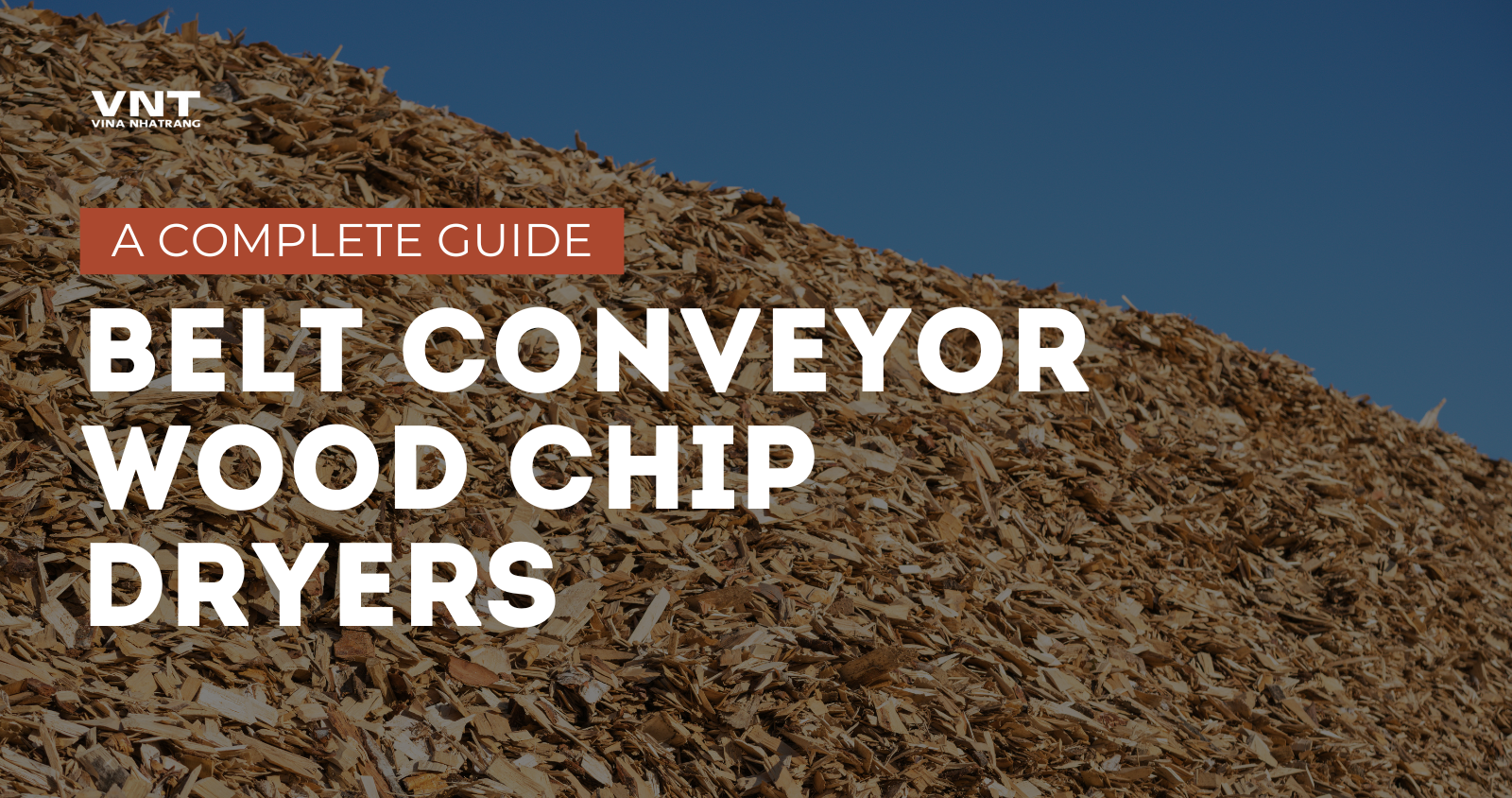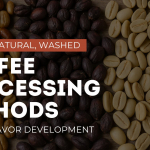Imagine cutting your production time in half while doubling your output quality. That’s exactly what the right belt conveyor wood chip dryer can deliver for your operation. These powerhouse machines have transformed the biomass and wood processing industries, creating unprecedented opportunities for businesses ready to optimize their drying processes. Whether you’re managing a small-scale operation or overseeing industrial-level production, understanding how to maximize your belt conveyor wood chip dryer performance isn’t just helpful—it’s essential for staying competitive in today’s rapidly evolving market.
In this comprehensive guide, we’ll dive deep into the world of belt conveyor wood chip dryers—revealing performance secrets that industry veterans have refined over decades of practical experience. From energy efficiency breakthroughs to maintenance strategies that extend equipment life by up to 40%, we’re uncovering the critical factors that separate average operations from extraordinary ones. Ready to transform your wood chip drying process? Let’s get started.
Understanding Belt Conveyor Wood Chip Dryers
What Exactly Is a Belt Conveyor Wood Chip Dryer?
A belt conveyor wood chip dryer represents the pinnacle of continuous drying technology for biomass materials. Unlike rotary drum dryers, these systems utilize a perforated conveyor belt that carries wood chips through climate-controlled chambers where precise airflow removes moisture efficiently and uniformly.
The key components of a standard belt conveyor wood chip dryer include:
- Perforated steel or mesh conveyor belt
- Multiple temperature-controlled drying zones
- Air circulation and heat exchange systems
- Moisture sensors and automated controls
- Loading and discharge mechanisms
This configuration enables unprecedented control over the drying process, making it possible to achieve consistent moisture content across all processed materials—something traditional batch drying systems simply cannot match.
Why Choose a Belt Conveyor System Over Other Drying Methods?
The advantages of belt conveyor wood chip dryers become clear when comparing performance metrics:
- Superior Moisture Uniformity: Belt systems achieve ±2% moisture consistency compared to rotary dryers’ typical ±5-8% variation.
- Energy Efficiency: Modern belt conveyor dryers consume 15-30% less energy than comparable rotary drum systems.
- Gentle Material Handling: The belt transport method results in 50% less material degradation and fines generation.
- Precise Temperature Control: Multi-zone design allows for customized drying curves, preserving material quality.
- Reduced Fire Risk: Lower operating temperatures and better distribution of material minimize hotspot development.
Industry data shows operations transitioning to belt conveyor wood chip dryers typically see ROI within 12-24 months through energy savings and improved product quality alone.
Optimizing Performance: The Key Factors
Temperature Management Strategies
Temperature control represents the single most critical factor in belt conveyor wood chip dryer performance. The ideal approach involves:
- Progressive Temperature Zoning: Starting at 180-200°F (82-93°C) in initial zones, gradually increasing to 220-240°F (104-116°C) in middle zones, then reducing to 200-220°F (93-104°C) in final zones.
- Adaptive Controls: Implementing sensor-driven temperature adjustments based on incoming material moisture content.
- Heat Recovery Systems: Capturing exhaust heat and redirecting it to pre-heat incoming air, improving efficiency by up to 25%.
Remember: Each 10°F increase in operating temperature typically corresponds to a 7-10% increase in energy consumption, making optimization—not maximization—the goal.
Airflow Optimization Techniques
The efficiency of moisture removal depends heavily on proper airflow management:
- Counter-Current Air Distribution: Positioning fans to create airflow opposite to material movement maximizes extraction efficiency.
- Velocity Calibration: Maintaining 300-500 feet per minute air velocity through the bed for optimal moisture removal without excessive energy use.
- Turbulence Creation: Strategic placement of air deflectors to prevent channeling and ensure even drying across the entire belt width.
Operations that implement comprehensive airflow optimization typically report 15-20% improvements in overall drying efficiency.
Belt Loading Best Practices
How you load your belt conveyor wood chip dryer directly impacts its performance:
- Optimal Bed Depth: Maintaining 4-6 inches for standard wood chips balances throughput with drying efficiency.
- Uniform Distribution: Implementing spreader systems that ensure even material distribution across the entire belt width.
- Feed Rate Control: Synchronizing infeed with moisture content—slowing for wetter materials, increasing for drier inputs.
Tests conducted by leading equipment manufacturers demonstrate that proper belt loading alone can improve throughput by 12-18% while reducing energy consumption by 8-10%.
Maintenance: Extending Equipment Life and Performance
Critical Maintenance Schedule
Implementing a structured maintenance program is essential for belt conveyor wood chip dryer longevity:
| Maintenance Task | Frequency | Impact on Performance |
|---|---|---|
| Belt tension check | Daily | Prevents slippage and uneven drying |
| Air filter inspection | Weekly | Maintains optimal airflow |
| Bearing lubrication | Monthly | Reduces energy consumption by 3-5% |
| Belt cleaning | Monthly | Prevents airflow restriction |
| Heat exchanger cleaning | Quarterly | Restores thermal efficiency |
| Fan blade inspection | Quarterly | Maintains proper air distribution |
| Full system inspection | Annually | Identifies potential failures before they occur |
Operations following this maintenance schedule report average equipment lifespan extensions of 30-40% compared to reactive maintenance approaches.
Troubleshooting Common Performance Issues
Even well-maintained belt conveyor wood chip dryers occasionally experience performance challenges:
Problem: Uneven moisture content across belt width Solution: Check air distribution systems for blockages or adjust dampers to balance airflow across the entire belt.
Problem: Excessive energy consumption Solution: Inspect insulation integrity, verify heat exchanger efficiency, and optimize temperature profiles for current material conditions.
Problem: Belt tracking issues Solution: Check and adjust belt tension, inspect rollers for wear, and verify alignment of drive mechanisms.
Problem: Material buildup on belt Solution: Implement automated belt cleaning systems and review material preprocessing to remove excessive fines.
FAQ: Belt Conveyor Wood Chip Dryer Essentials
What’s the optimal moisture content for wood chips entering the dryer?
For most belt conveyor wood chip dryers, incoming moisture content between 40-60% represents the ideal balance between processing efficiency and energy consumption. Materials exceeding 60% moisture may require pre-drying or extended residence time, while materials below 40% can be processed more quickly with adjusted temperature profiles.
How does chip size affect drying performance?
Uniform chip size dramatically impacts performance. The ideal size range for most belt conveyor wood chip dryers is 1/2″ to 1″ (12-25mm) in the largest dimension. Oversized chips create uneven drying and potential wet spots, while undersized particles can restrict airflow through the bed and create fire hazards. Modern operations typically implement screening systems before the dryer to ensure size consistency.
What energy sources work best for belt conveyor wood chip dryers?
While natural gas remains the most common heating source (used in approximately 65% of installations), other viable options include:
- Biomass heating: Using wood waste to provide thermal energy (30-40% cost savings over natural gas)
- Electric heating: For smaller systems or locations with low electricity costs
- Waste heat recovery: Integrating with other processes to utilize otherwise lost thermal energy
The optimal choice depends on local energy costs, sustainability goals, and available infrastructure.
How do seasonal changes impact dryer performance?
Seasonal variations significantly affect belt conveyor wood chip dryer performance, requiring adaptive management:
- Summer operation: Higher ambient humidity requires more aggressive drying parameters and potentially reduced throughput (5-10% seasonal adjustment).
- Winter operation: Colder incoming materials need additional heating in initial zones, but generally allow for increased throughput.
- Seasonal wood variations: Different harvesting seasons produce materials with varying moisture characteristics, necessitating ongoing parameter adjustments.
Operations that implement seasonal adjustment protocols report 8-12% better year-round efficiency compared to static operating parameters.
The Future of Belt Conveyor Wood Chip Drying Technology
The belt conveyor wood chip dryer market continues to evolve rapidly, with several emerging trends worth monitoring:
- AI-Driven Optimization: Machine learning systems that continuously adjust operating parameters based on incoming material characteristics and desired output specifications.
- Advanced Energy Recovery: Next-generation heat exchange systems capturing up to 85% of exhaust heat for reuse.
- Hybrid Drying Technologies: Combining belt conveyor systems with supplemental drying methods like microwave or vacuum drying for specific applications.
- Emissions Reduction: New filtration and scrubbing technologies reducing VOC emissions by 60-80% compared to previous generation equipment.
Industry analysts project these innovations will drive a 15-20% improvement in overall system efficiency over the next five years.
Conclusion: Maximizing Your Investment
The belt conveyor wood chip dryer represents one of the most significant investments for any wood processing operation. By implementing the strategies outlined in this guide—optimizing temperature profiles, managing airflow effectively, following loading best practices, and maintaining a rigorous maintenance schedule—you can realize the full potential of your equipment.
The data speaks for itself: operations following these guidelines typically achieve:
- 20-30% reduction in energy costs
- 15-25% increase in throughput
- 35-45% improvement in product consistency
- 30-40% extension in equipment lifespan
Whether you’re considering your first belt conveyor wood chip dryer or looking to optimize an existing system, these performance principles provide the foundation for operational excellence. The competitive advantages gained through proper implementation—consistent product quality, reduced operating costs, and improved production capacity—position forward-thinking operations for long-term success in an increasingly demanding marketplace.
Ready to transform your wood chip drying operation? Start by assessing your current processes against the benchmarks provided in this guide, identify your highest-impact improvement opportunities, and develop an implementation plan that prioritizes changes offering the greatest return on investment.
Your journey toward wood chip drying excellence begins today.




